Ethiopian Sidamo all Red Fruit Sun Sun Santa Vini Coffee beans
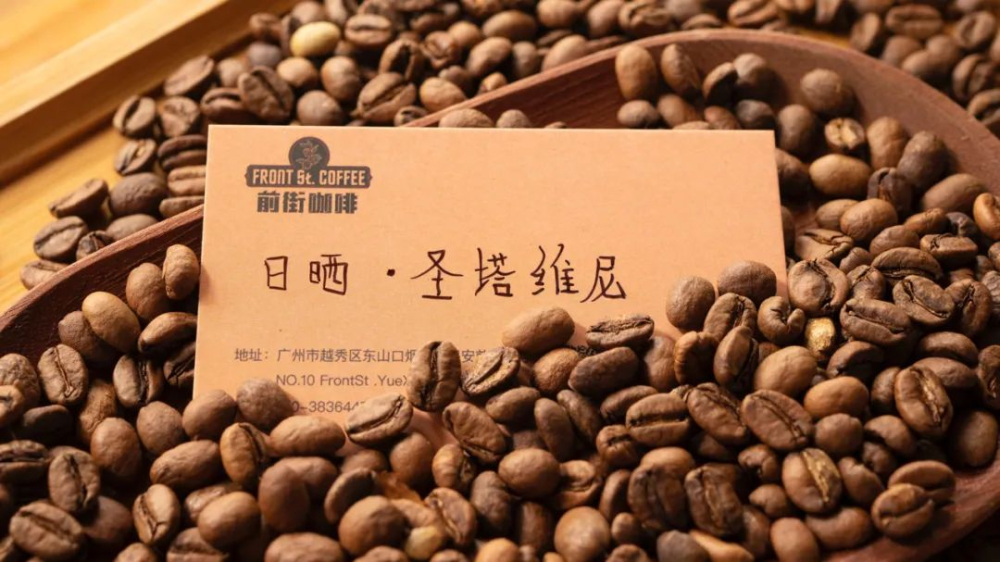
Front Street Coffee: Ethiopian Sidama Santa Vini 74158 Coffee Bean
Country: Ethiopia Fiscal year: 2003
Grade: G1
Production area: Sidamo
Processing station: DWD Santa Vigny processing station
Altitude: 2050 m
Treatment method: All red fruit sun
Breed: 74158
Flavors: pineapple, mango, blueberry, sweet orange
DWD has the dual status of coffee processor and importer and exporter. Out of 100,000 tons of coffee beans exported by Ethiopia every year, 5000 tons are selected by DWD. It has the largest number of treatment plants in Sidama and Yerga Sirphine, with a total of 17. one of them is our protagonist today-santa vini treatment plant.
Santa Vini treatment plant is located in Santa Vini town in Sidamo region. It was established at the foot of Bensa Mountain in 2004, covering an area of about 260 mu and about 2050 meters above sea level.
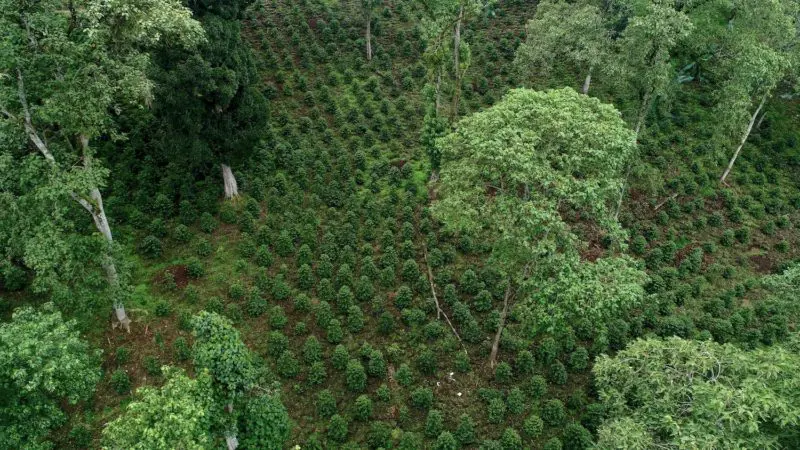
It is one of DWD's processing plants, second only to Gauss at altitude. It is also DWD's more advanced processing plant in the Sidamo producing area. All batches used in this processing plant are required to be all red fruits (all red fruits: the use of manual picking of mature red coffee fruits can avoid the negative impact of immature fruits on coffee). It can be imagined how excellent the quality of coffee beans it produces is.
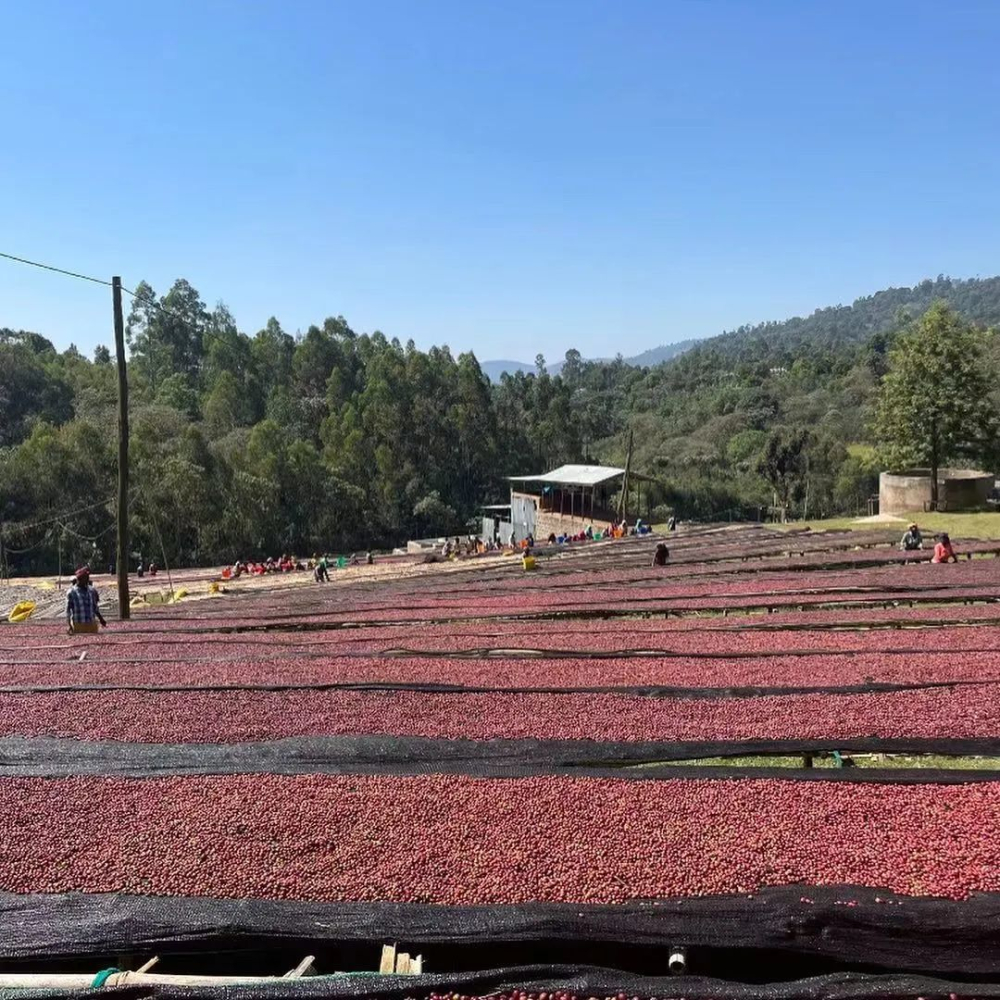
All red fruits are produced in the middle and late stages of the production season, from early December to early January, ensuring that the fresh fruits are harvested from higher altitude areas. Coffee fruits planted at high altitudes grow slowly and have more time to absorb nutrients, so each fruit has rich fruit flavor and high sweetness. After harvesting, coffee fruits will be placed on an elevated shelf for drying, during which they will be regularly "turned over" so that they can be dried more evenly, and then when the temperature is too high, they will be covered with shade to prevent them from drying too much.
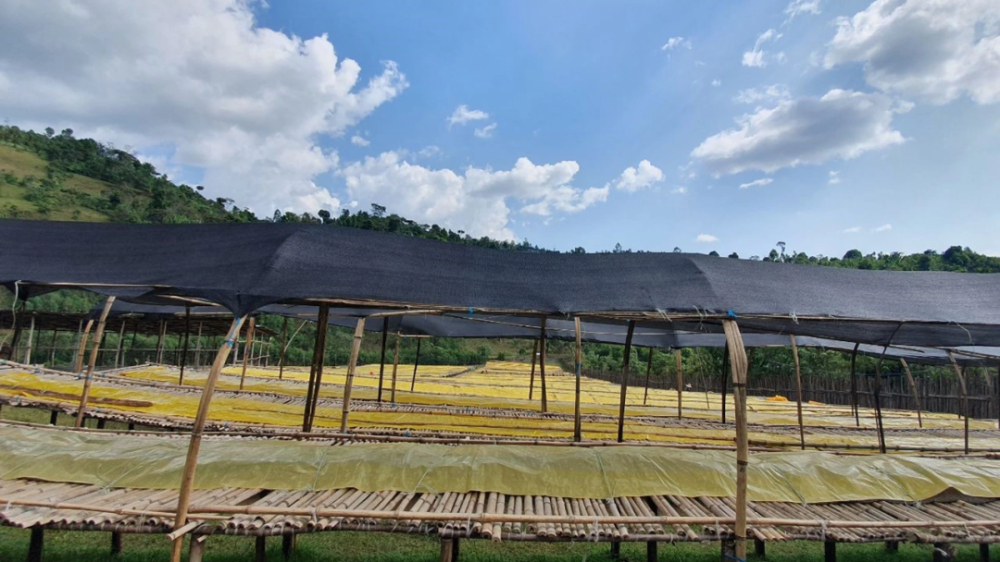
It is worth mentioning that this bean uses the relatively rare 74158 variety on the market. The origin of this variety dates back to 1970, when coffee anthracnose broke out in Ethiopia. Ripe berries and green berries will appear water-stained spots on the surface after the disease, and then the spots will be sunken, and the color will gradually change from red/green to dark brown, gray-black, until the dead trees even fall off. This disease directly reduces the productivity of coffee trees by 20%-30%, and even 70%-80% in severe cases. At that time, the Hara and Yerga coffee producing areas in the eastern half of the Great Rift Valley suffered heavy losses and had little impact on coffee in the western half.
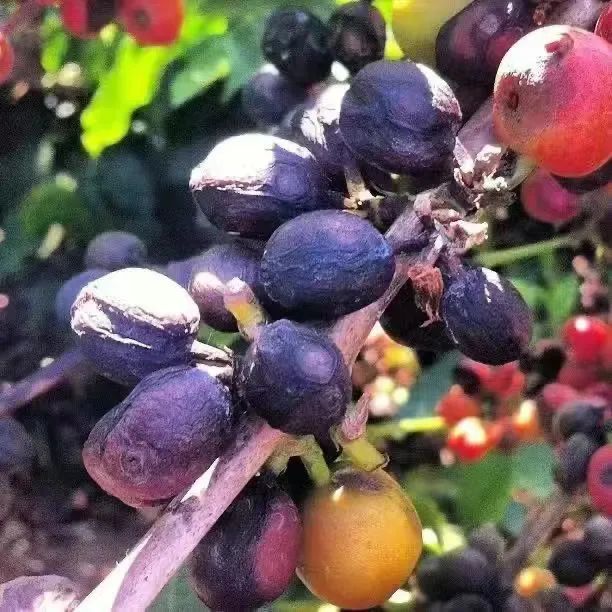
Indiscriminate pesticide spraying is not a long-term solution, so the Jinma Agricultural Research Center (JARC) in the western half of the Great Rift Valley has set up a "bean hunting team" to find varieties with unique disease resistance genes in the west. Finally, more than 600 coffee tree seeds were collected, and experts identified and planted in the field to find resistant varieties. Finally, 74158 was one of the new varieties with anthrax resistance successfully obtained from this pile of seeds. "74" in the name represents the year of discovery, and "158" is the number of the experimental sample.
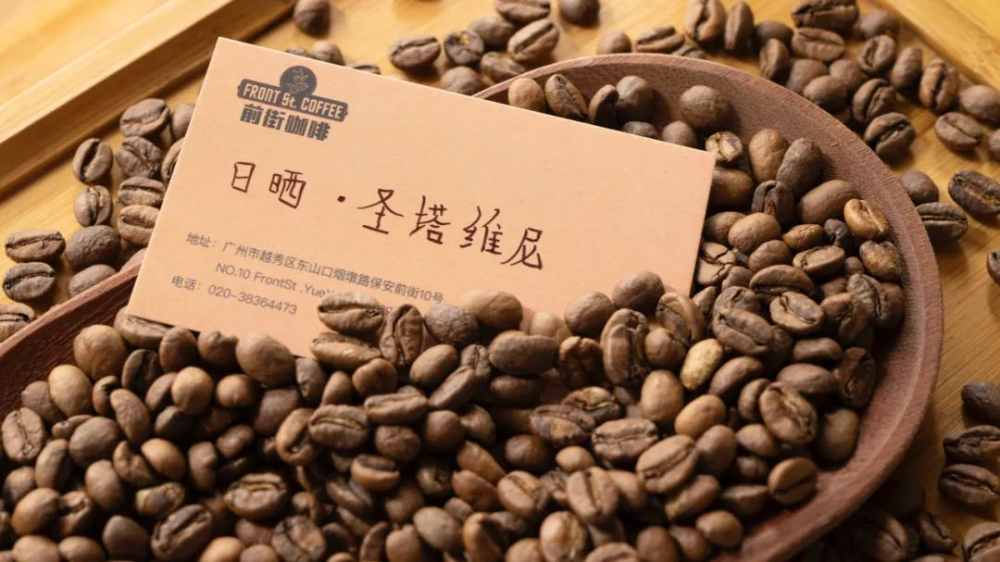
Brewing advice for Front Street Coffee
Filter cup: V60
Water temperature: 92℃
Powder: 15g
Powder water ratio: 1:15
Grindability: fine granulated sugar size (No. 20 sieve bowl sieve powder to 80%)
Fold the filter paper over the cup and stick it together. Wet the filter paper with a small amount of water and let it fit better. Pour out the water from the next pot. Then pour in the coffee powder and dab to evenly distribute the powder. In the first stage, 30 grams of water is gently injected for stewing for 30 seconds. In the second stage, about 135 grams of water is injected, and the circle is evenly and steadily outward. Then wait for the coffee liquid to drop, when it drops to half, inject the last section of water to 225 grams, wait for the coffee to drip completely, and the total extraction time is generally about 2 minutes.
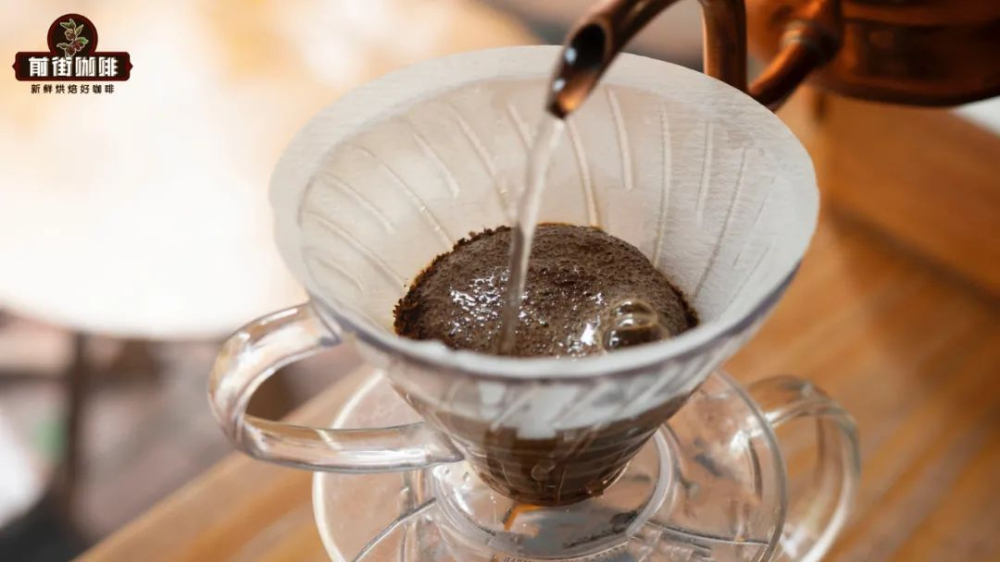
Grinding dry incense: When it grinds into coffee powder, it can smell rich orange peel, ripe peach meat and apricot aroma. Brewing flavor: high temperature: the entrance is very rich tropical fruit flavor, pineapple, sweet orange flavor is very prominent, followed by blueberry sweet feeling, as if a full juice in the mouth fried; low temperature sip will feel maple sugar-like sweet feeling, but wonderful.
Important Notice :
前街咖啡 FrontStreet Coffee has moved to new addredd:
FrontStreet Coffee Address: 315,Donghua East Road,GuangZhou
Tel:020 38364473
- Prev

Is Italian coffee beans suitable for making hand-brewed coffee?
When we search for coffee beans on a shopping platform, there are usually two types of coffee beans: one is a single coffee bean with detailed origin information, which is suitable for most extraction methods, such as hand flushing, French kettle, cold extraction, etc., usually less than half a pound. The other is the Italian style which is specially used for the extraction and concentration of Italian coffee machine.
- Next

Why are Yemeni coffee beans so rare now?
People have heard a lot about Ethiopian coffee. Although Ethiopia was the first country in the world to discover coffee, in the 17th century, the first Yemeni coffee was exported to Europe through the ancient port of Mocha. Ethiopia, which is across the sea from Yemen, also sells coffee through the port of Mocha. The Yemeni mocha is the coffee trade of the World Office.
Related
- Guji coffee producing area of Guji, Ethiopia: Humbela, Shakiso, Wulaga
- What is the most expensive variety of Qiloso in BOP multi-variety group?
- How to store the coffee beans bought home?
- Why are Yemeni coffee beans so rare now?
- Ethiopian Sidamo all Red Fruit Sun Sun Santa Vini Coffee beans
- SOE is mostly sour? What does it mean? Is it a single bean? what's the difference between it and Italian blending?
- Is Italian coffee beans suitable for making hand-brewed coffee?
- How to choose coffee beans when making cold coffee? What kind of coffee beans are suitable for making cold coffee?
- Just entered the pit to make coffee, what kind of coffee beans should be chosen?
- Can only Japan buy real Blue Mountain Coffee? What are authentic Jamaican Blue Mountain coffee beans?

